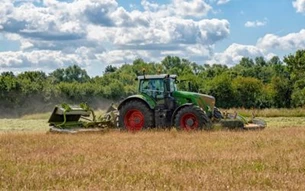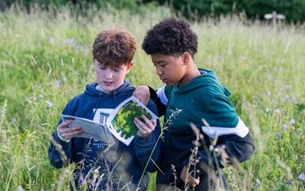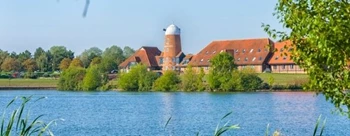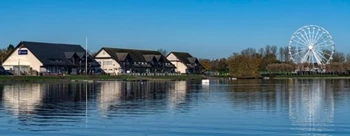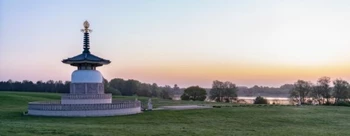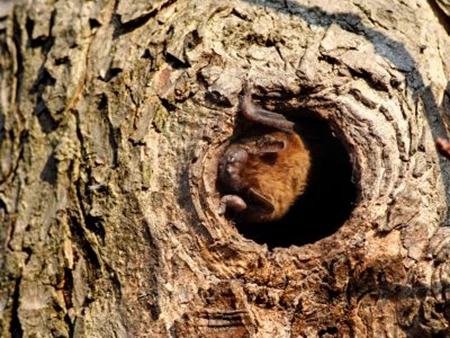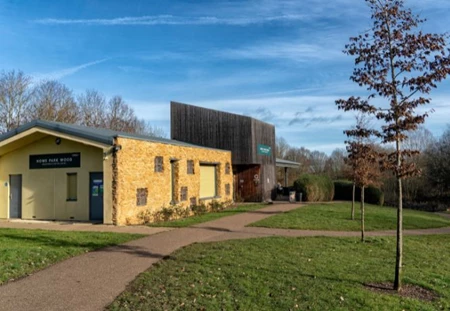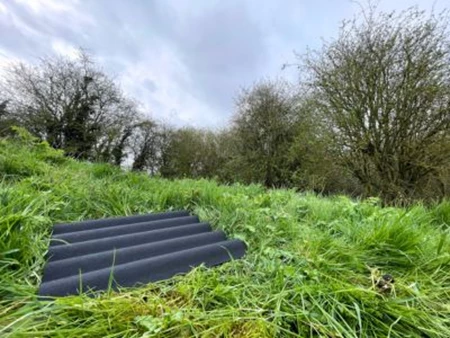Wildlife Blog: Dragons and Damsels of MK
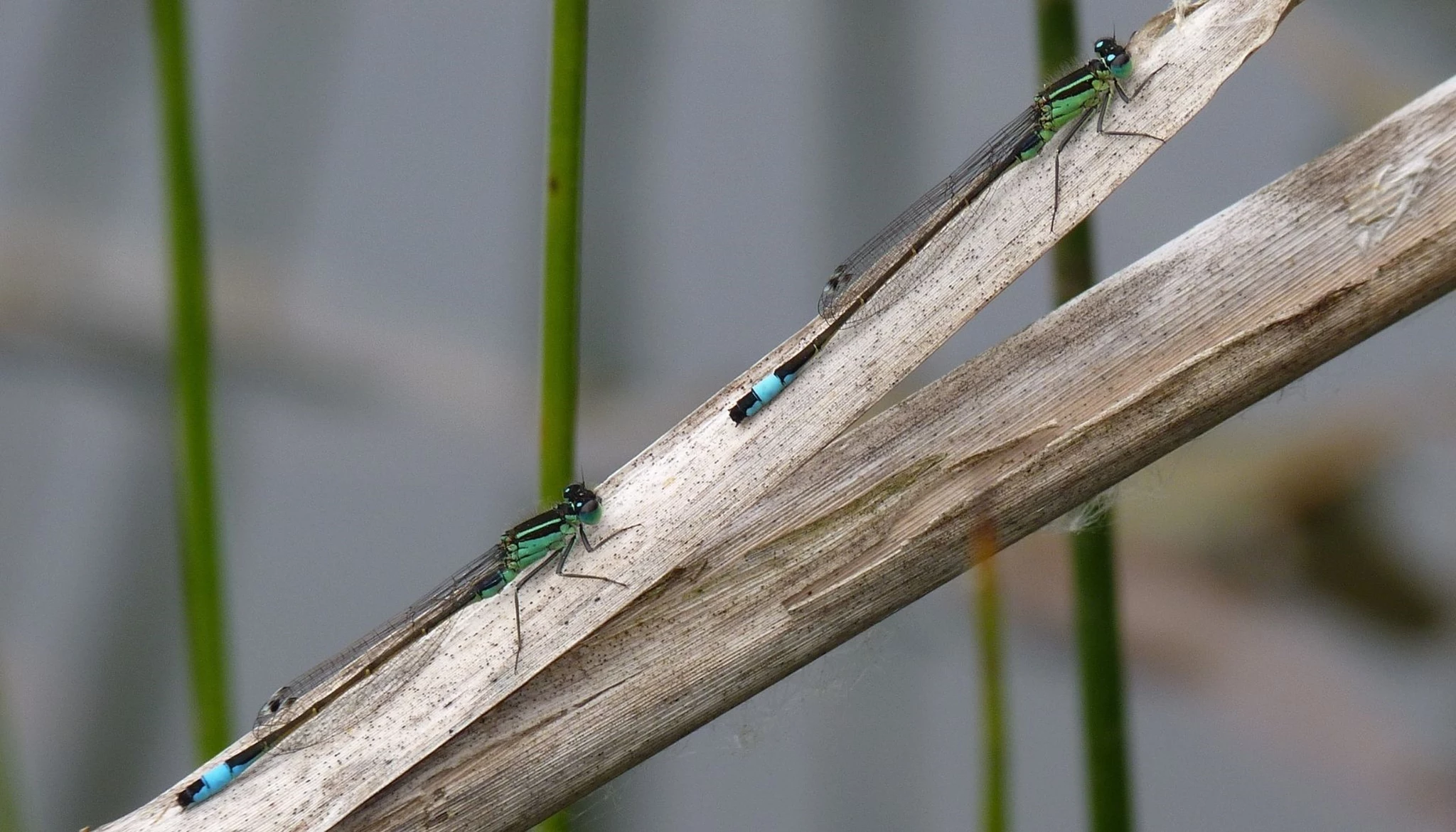
You may have noticed a sudden abundance of our brightly coloured friends, the dragon- and damselflies, around MK and particularly around bodies of water in the past month. Now is the prime time to go searching for these prehistoric creatures as it’s their “emergence season”. So get your ID guides ready and go hang out in the sun!
Both dragonflies and damselflies have a three-stage lifecycle. Like all insects, they begin life as a tiny egg but, interestingly, they are laid in or around water. Some eggs are injected into aquatic vegetation stems, such as bulrushes, others are submerged in a jelly substance. The egg then hatches into a small creature called a larvae or nymph before becoming a fully-fledged flying adult. The longest-lived species can spend up to 2 years as a nymph whereas others only spend a couple of months. In fact, the rate that a nymph develops can actually be determined by water temperature (colder = slower). But either way, the majority of the animal’s life is spent in this form!
It goes without saying therefore, that ponds and other water bodies are the top spot to look for dragons and damsels. At this time of year, The Parks Trust’s 130 ponds are teeming with life and buzzing with mating adults. Hotspots include Willen and Caldecotte lakes! With the main aim of mating, many dragonflies and damselflies will hang around the water en masse to breed and lay their eggs as quickly as possible.
While their lifecycles are incredibly interesting, identifying species can be hard. There have been 57 recorded species of “Odonata” (dragons and damsels) in the UK, meaning you’ll have to do a lot of reading to become an expert! Why not try starting with some of the more common MK species and work up from there. Some of the ones you are likely to spot in Milton Keynes are azure, banded demoiselle and large red damselflies, broad bodied chasers, common darters and emperor dragonflies (pictured below).
There are also useful resources available on the British Dragonfly Society website.
Photography by Harry Appleyard
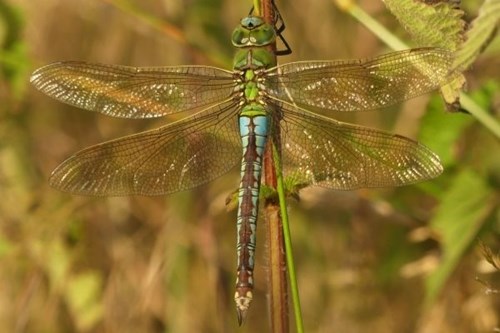
Female Emperor Dragonfly
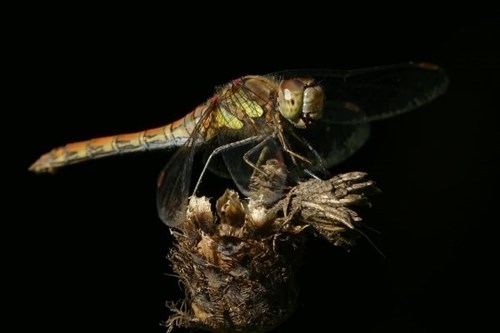
Common Darter
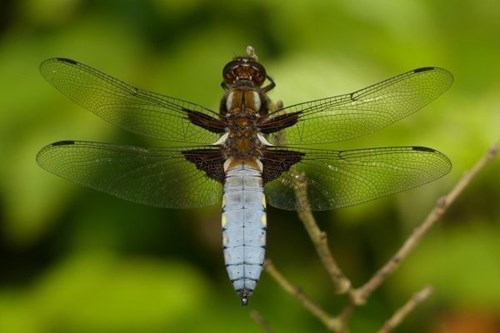
Mature Male Broad-Bodied Chaser
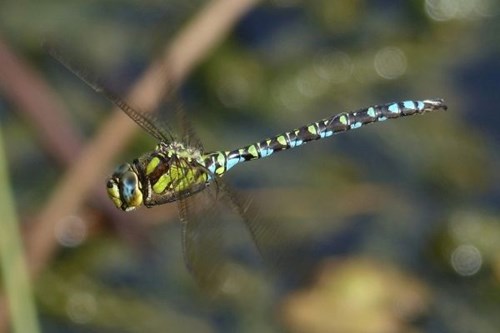
Mature Male Southern Hawker
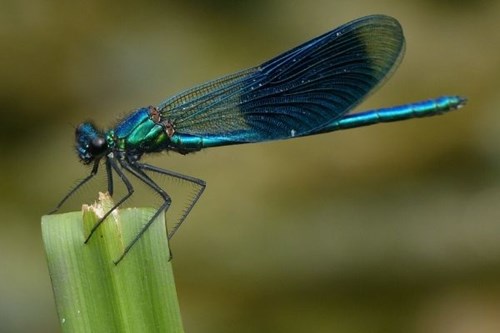
Male Banded Demoiselle
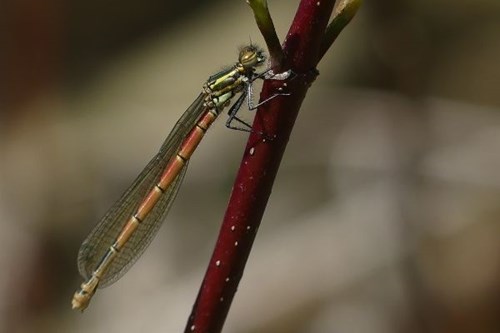
Female Large Red Damselfly



